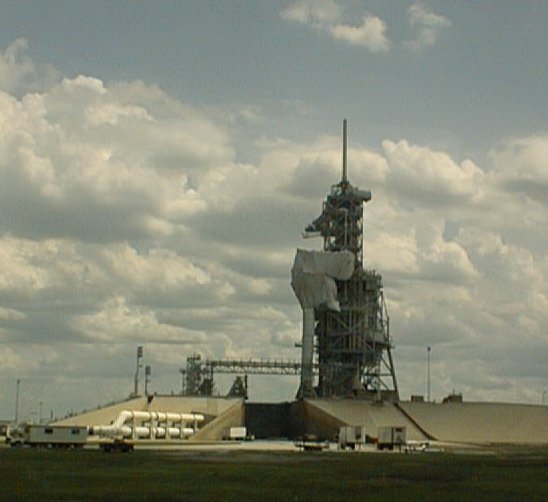Short-Lived Technologies
Today, technologies that last only a little while. The University of Houston's College of Engineering presents this series about the machines that make our civilization run, and the people whose ingenuity created them.
A member of a discussion group recently raised a fascinating question. He asked about technologies that live only a short while, but which seize the public's imagination. The Pony Express went into service in April 1860 and served until October of the following year. Riders covered over 1800 miles from St. Joseph to Sacramento in ten days. It took only 18 months for that flash-in-the-pan, action-based, derring-do technology to be overtaken by the telegraph. But it has riveted our attention ever since.
Look around, and you'll see that that's a familiar scenario. The noble Clipper Ship was the Pony Express of the high seas. In 1843, Chinese teas emerged as lucrative trade goods. Huge profits were to be turned by getting tea to New York quickly. The Clipper Ship was a new kind of vessel. It was fast, but it could haul only a light cargo. For twelve years Clipper Ships coined money. Then the tea boom ended, and so did an epoch of marine history.
Who among us has visited San Francisco without, at least once, riding her famed cable cars? In 1873, San Francisco replaced horses as the power source for her public buses with a long, continuously-moving, steam-engine-driven cable. The system was an immediate popular success. Other cities copied it. But public electric supply systems became available a decade later. By 1890 electric trolleys had wiped out cable cars. The San Francisco system survives, but only as an historical icon.
Cross-country cattle drives are another American icon. But such a rudimentary technology of getting meat to packing houses couldn't last. After ten years, railroads and cattle cars arrived to serve the newly-settled West. And that was that!
The medieval scriptorium, with monks lined up on rows of copy stands: That's a technology we might imagine went quietly on for hundreds of years. It didn't. Scriptoria arose in the late 1100s as a new high-production scheme for making books. By 1250 commercial scribes saw how profitable that was. They turned it into a cottage industry and took the trade away from monasteries.
So what, in our own lifetimes, will be the flash in the pan that makes tomorrow's romance? We cannot know, of course. But we can speculate. Maybe it'll be our space program:
The three-stage chemically-fueled rocket is a terribly expensive and impractical hurdle. We'll have to overcome it to make interplanetary travel routine. I expect we'll have radically better propulsion systems by the early 21st century. And our flame-drenched rocket launches will become yet another romantic icon.
I can imagine 24th-century children being raised on stories of our first fiery steps away from Earth. How surprised those children will be when they grow up to find those old rockets were only a sixty-year blip in the great space adventure.
I'm John Lienhard, at the University of Houston, where we're interested in the way inventive minds work.
(Theme music)
For more on some of the technologies mentioned here, see Episodes
- 772 (with mention of the Pony Express),
- 338 (on Clipper Ships),
- 244 (on cable cars),
- 556, (which touches on cattle cars), and
- 736 and 756 (on scriptoria).
I am grateful to Niel Leon, WizOp for the Ideas, Invention, and Innovation Forum, Compuserve USA, for first raising the issue that we deal with in this episode.

A NASA launch pad standing empty
Photo by John Lienhard